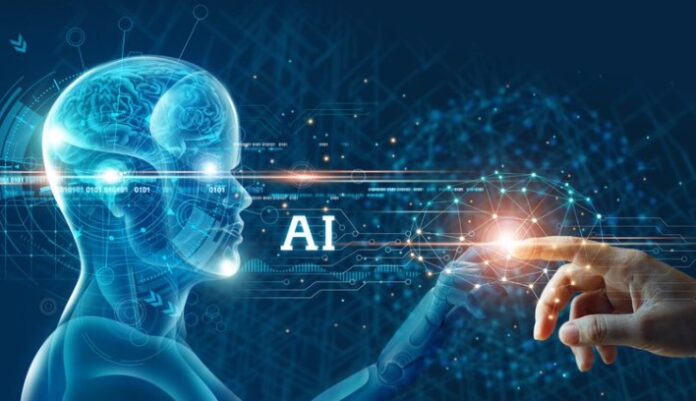GenAI in the healthcare sector specially in the Asia/Pacific region (excluding Japan) is set to record a transformative period over the next few years, heralding a new era of hyper-personalized patient experiences and operational efficiency. The impending shift is underscored by a recent IDC report, predicting that GenAI will liberate up to 10 per cent of clinicians’ time, equating to a staggering USD 100 billion in annual healthcare savings by 2025.
Echoing the report prophecy Arvind Kumar @GoI_MeitY stated “With the advent of #GenAI and the need for consumerisation of care, the next few years are set to be the defining period for the healthcare sector. The healthcare sector is exploring the use cases and the adoption model, realizing the immense potential GenAI has.”
According to the report, the driving force behind this seismic change lies in the adoption of GenAI-driven workflow automation and the resultant spike in operational efficiency. Projections indicate that by the close of 2027, 60 per cent of healthcare organizations in Asia/Pacific will intensify their investments in GenAI.
This surge in adoption is fueled by the escalating demand for personalized patient experiences, strengthened collaboration, and a commitment to fostering equity within the healthcare system. GenAI is swiftly emerging as a formidable force, poised to enhance workforce efficiency and introduce unparalleled levels of personalization in patient care processes.
GenAI Extends Beyond Time and Cost Savings
The impact of GenAI extends beyond time and cost savings, with the technology expected to play a pivotal role in enhancing diagnostic accuracy, speed, and overall workflow efficiency. Anticipating a 60 per cent increase in the adoption of AI solutions by care providers in the region by 2026, the healthcare industry is resolutely focused on delivering enhanced patient care and streamlining operational processes.
The IDC report also envisions that by 2027, half of the healthcare industry in Asia/Pacific will leverage GenAI to address data and workflow fragmentation across various care settings.
As the healthcare landscape undergoes a paradigm shift, GenAI is not only transforming traditional care settings but also catalyzing a movement towards patient-centric models. By 2026, a doubling of hospital-at-home patients is expected to drive a 55 per cent growth in investments in tech-enabled integrated care initiatives.
AI is poised to revolutionize the way we live, work, and learn. At this pivotal juncture, decisions made by governments, industry leaders, and civil society will shape how AI is leveraged for the benefit of the wider population, as highlighted in our global AI Opportunity Agenda.
In the dynamic landscape of ASEAN (the Association of Southeast Asian Nations), with its youthful and tech-optimistic population and a burgeoning tech ecosystem, the potential for harnessing AI to radically transform the future is immense. From addressing public health challenges to fortifying disaster resilience and enhancing economic competitiveness, numerous opportunities abound for AI to accelerate progress towards these goals.
As ASEAN Digital Ministers and officials convene in Singapore this week to deliberate on various topics, the launch of an AI Opportunity Agenda for ASEAN takes center stage. The whitepaper outlines policy recommendations to ASEAN member states, offering guidance on maximizing the potential of AI in the region.



